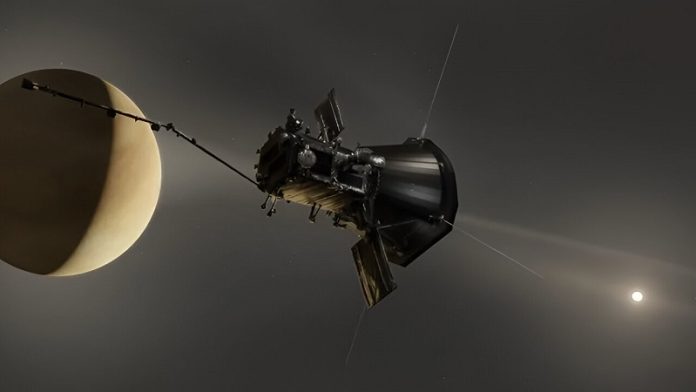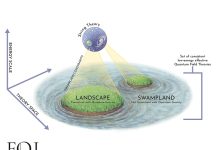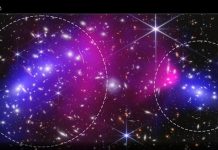
Imagine looking up at the sky and seeing bolts of lightning flashing through thick, ominous clouds.
Now, picture this happening on Venus, our neighboring planet, notorious for its extreme and inhospitable environment.
For decades, scientists have debated whether lightning exists on this scorching, acidic world, and new research sheds light on this electrifying question.
Venus, while being Earth’s neighbor and similar in size, is notoriously hostile. A dense atmosphere packed with carbon dioxide fuels a runaway greenhouse effect, boiling the surface up to a blistering 900 degrees Fahrenheit.
Not to mention, the atmospheric pressure is immensely crushing. Though our adventures to Venus’ surface have been limited due to these brutal conditions, researchers have found innovative ways to explore from afar.
A recent study by scientists at CU Boulder’s Laboratory for Atmospheric and Space Physics (LASP) has given us fascinating insights into this perplexing question of Venusian lightning.
Harriet George, the lead author, and her team plunged into this mystery by utilizing data from NASA’s Parker Solar Probe.
Interestingly, this tool was not initially designed for studying Venus but rather to investigate the physics of the sun’s outermost atmosphere and solar wind.
In February 2021, the Parker Solar Probe passed by Venus, coming within about 1,500 miles of the planet, revealing intriguing data in the form of “whistler waves.”
On Earth, whistler waves are energy pulses often generated by lightning bolts. These bolts jolt electrons in the atmosphere, creating waves that spiral into space, producing a whistling sound detectable by early radio operators.
The debate on Venusian lightning has roots stretching back to 1978 when a NASA spacecraft, Pioneer Venus, orbited the planet and detected these whistler waves.
Some scientists pondered if these were indicative of lightning, while others speculated alternative origins. Venus has been a subject of debate ever since, with the scientific community divided over the explanation behind these waves.
The team’s research using the Parker Solar Probe has given rise to an astonishing possibility: the whistler waves on Venus might be moving in the opposite direction of what would be expected if they were caused by lightning.
Unlike what is observed on Earth, these waves seem to be traveling downwards toward the planet instead of out into space.
Could it be that Venus’ whistler waves originate not from thunderous lightning storms but from disturbances in the planet’s weak magnetic fields?
Perhaps it’s due to a phenomenon known as magnetic reconnection, wherein Venus’ magnetic field lines separate and explosively snap back together. Although the exact cause remains veiled in mystery, this research introduces a new perspective in the ongoing debate.
The researchers remain cautious, noting that to definitively rule out lightning as a source, they’ll need to delve deeper and analyze more whistler waves.
The next thrilling chapter in this scientific saga will unfold in November 2024, as the Parker Solar Probe makes its final approach toward Venus. Skimming just 250 miles above the surface, it will grace the top of the planet’s incredibly dense atmosphere.
Everywhere the Parker Solar Probe ventures, it reveals something new and unexpected, continuing to enhance our understanding of the celestial bodies that share our solar system.
As scientists inch closer to unraveling the mysteries of Venus, they pave the way toward understanding more about our planetary neighbors and perhaps about our own planet, Earth.
As we gaze up at the heavens, pondering the mysteries they hold, we take another small step toward unwinding the vast, enigmatic tapestry of our solar neighborhood.
Perhaps one day we’ll unveil all the cosmic secrets veiled in the distant, stormy clouds of Venus, unlocking new knowledge and perspectives yet to be imagined.
Follow us on Twitter for more articles about this topic.
Source: University of Colorado at Boulder.



